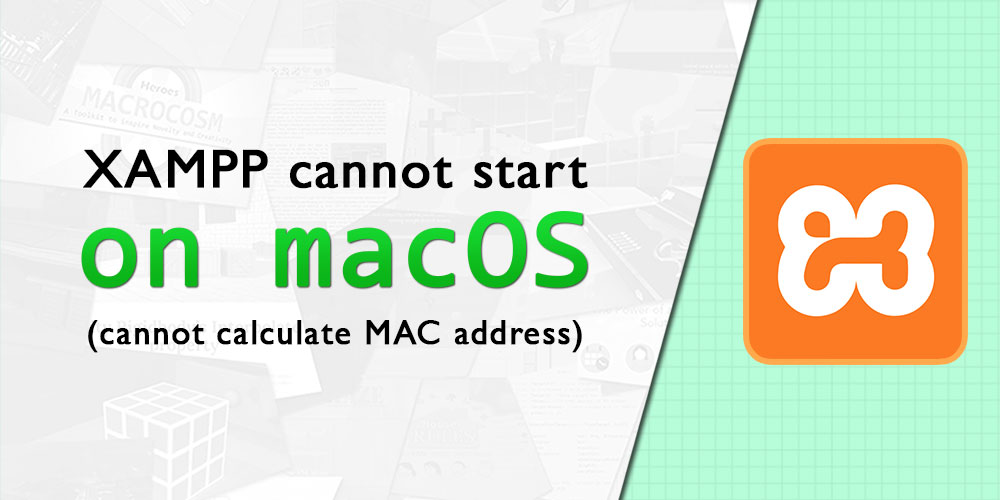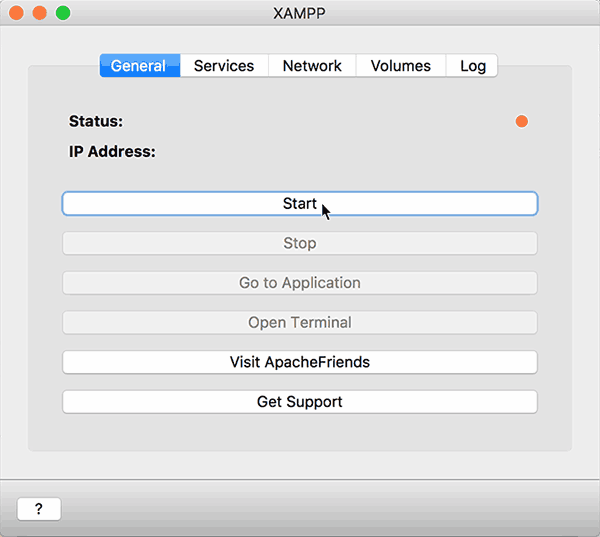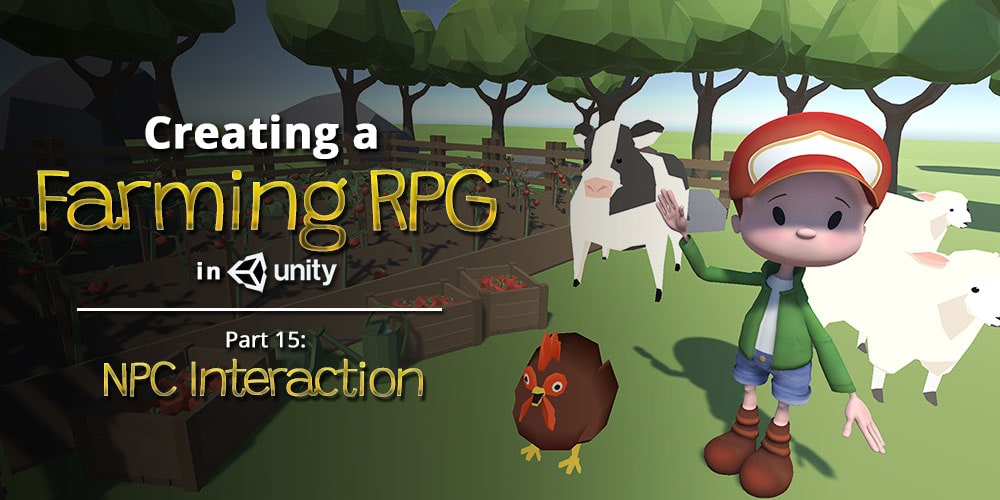If you’re just starting your foray into the world of web development, you’re probably wondering what kind of code editor or Integrated Development Environment (IDE) to use. In most other branches of coding, like application or games development, you’re probably only going to deal with 1 or 2 programming languages concurrently. In web development, however, you’re almost always going to be dealing with at least 3 languages concurrently, so it’s going to feel very different from almost any other branch of coding.
Especially if you’re new to web development, having to deal with so many languages in one go (and having to be familiar with the native libraries of each of the languages) can be rather overwhelming, and the developers of CodeLobster IDE seem to understand this very well.
Continue reading →

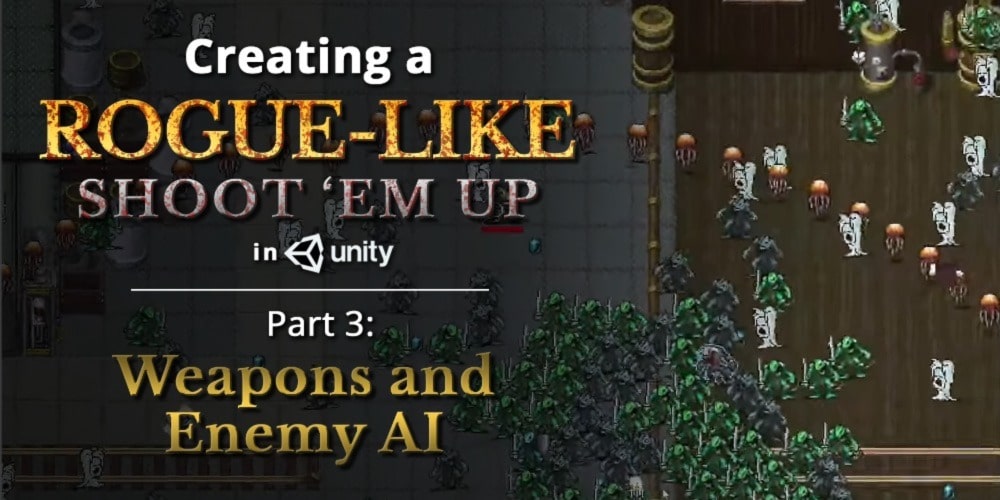
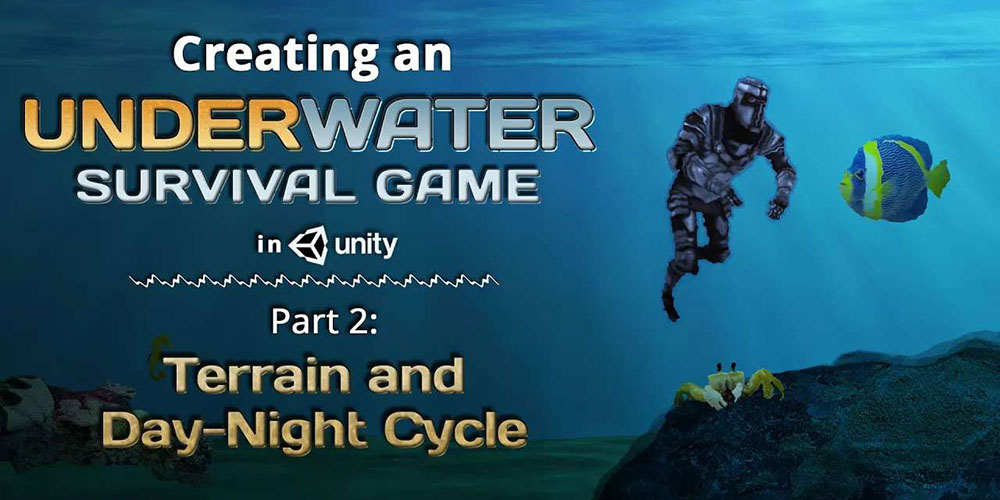
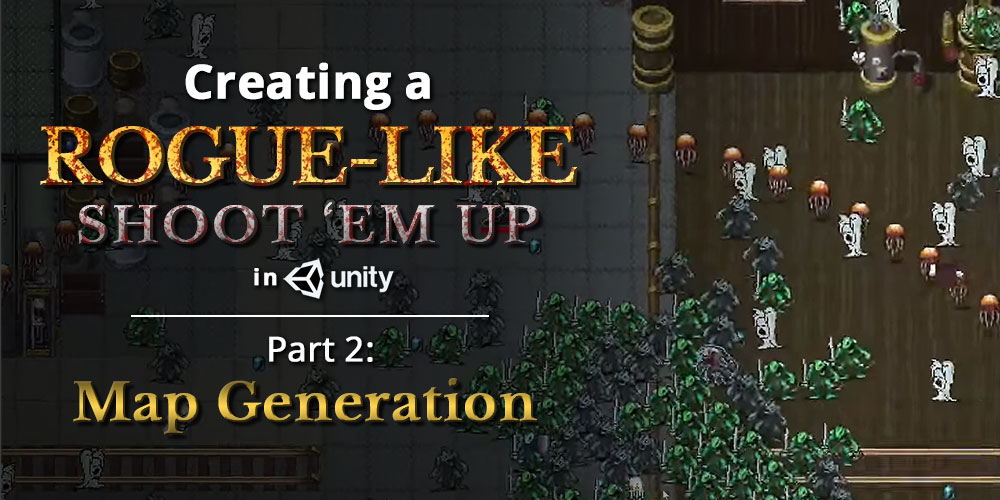
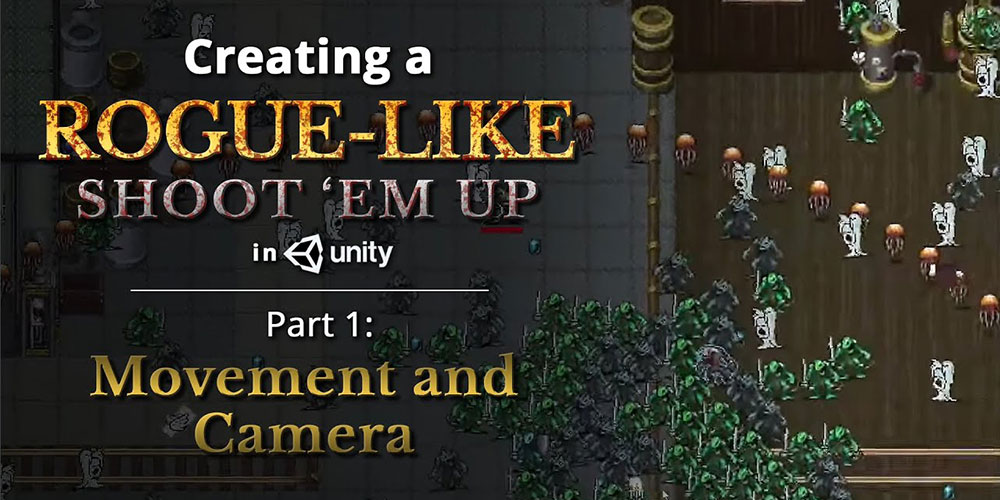

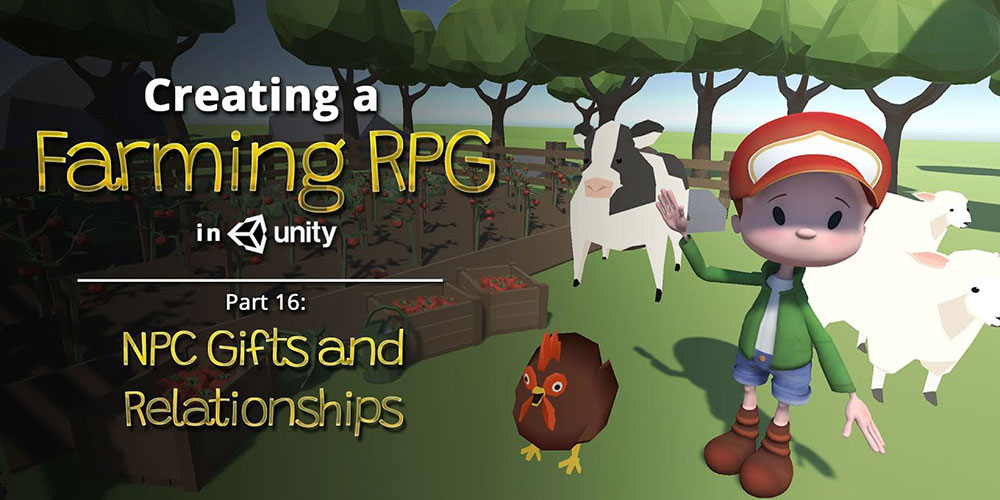
 Unlock Content
Unlock Content